The unique and exciting package offers to experience richness and the depth of the traditions that is deep-rooted in its cultural and historical heritage of the three Asian countries Nepal, Tibet, and India in a single tour. The Nepal, Tibet, and India tour start from Delhi, the capital city of this massive country India and after feeling the soft romanticism at Agra and the fierce magnificence of Jaipur in the Rajasthan desert, we fly to Nepal, the land of the world’s highest peak Mount Everest, where after a one day tour in Kathamndu, we head towards Pokhara for two days trek to the viewpoint of Poon Hill for the spectacular Himalayan panorama extending from Dhaulagiri to Annapurna to Machhapuchhre; that stretches from Dhaulagiri I (8167m) and Tukuche (6920m) to Nilgiri (6940m), Annapurna South, Annapurna I (8091m), Hiunchuli (6441m) and Tarke Kang (7193m) and for the hike up to Sarangkot viewpoint to witness nature’s ethereal light show as the sun rises over the Annapurna range.
En route back to Kathmandu, we stop at Chitwan National Park to spot one-horned rhinos, deer, monkeys, leopards, wild elephants, royal Bengal tiger, and 450 species of birds. From Kathmandu, we drive north to a border town of Zhangmu from where after completing the immigration formalities we enter a magical country of Potala Palace said to be the roof of the world. Overall, the tour includes everything from tours and treks, Lakes and beaches, wildlife and the mighty Himalayas; rural villages and supreme cities, monasteries and mantras, forts and palaces; magic and mystery; temples, and caves.
Important Note :
Your safety is of paramount importance to us at the Alpine Club of Himalaya. We have the absolute authority to cancel the trip or change the itinerary, when deemed necessary or when we have reason to believe your safety is at stake. Weather conditions, the health condition of a group member, natural disasters, and such, can contribute to changes in the itinerary when traveling in remote mountainous regions. In these extreme situations, we kindly request that you offer your full co-operation to the trusted leader of the group appointed by Alpine Club of Himalaya. However, we assure you that we will make every effort to keep to the above itinerary.
Itinerary
Arrive in Delhi at any time. There are no planned activities, so check into to the hotel and have rest or stroll about the city at leisure. In the evening we will meet all fellow group members for the trip orientation meeting. Meals: Welcome Dinner
After breakfast we depart by road for Agra. Upon arrival, check in to the hotel. Later this afternoon, we take a half day tour of Agra and marvel the magnificent Taj Mahal, one of the Seven Wonders of the World . Meals: Breakfast
We see sunrise this morning in the Muslim city of Agra a city that is best known as the site of India’s most famous landmark, the Taj Mahal. We visit the great icon of Mughal architecture the Taj Mahal in the early morning for the best light. In the afternoon we visit I’timad-ud-Daulah, also known as the ‘Baby Taj'. It was built before the Taj Mahal by Nur Jahan, Queen of Jehangir, for her parents. We also ride one of the cycle-rickshaws to visit the Agra Fort. The walled city of the Agra Fort was first taken over by the Moghuls, at that time led by Akbar the Great, in the late 16th century. Akbar liked to build from red sandstone, often inlaid with white marble and intricate decorations, and it was during his reign that the fort began changing into more of a royal estate. We also visit Mausoleum of Akbar the Great, which is not in Agra itself, but some ten kilometres away, this mausoleum offers a good example of the transitional phase in architectural styles. The mausoleum is constructed of both sandstone and marble. Meals: Breakfast
This morning we travel to the rural village of Abhaneri, which is known for its beautiful baoris (step wells) and the famous Harshat Mata temple. En route we will stop at Fatehpur Sikri, the now deserted former capital of the Mughals.
Abhaneri is supposed to have been established by Raja Chand. Many believe that Raja Chand was in fact Raja Bhoja, a celebrated king who ruled over the Gurjar kingdom in the 9th century. Abhaneri was earlier known as Abha Nagri or the city of brightness. Today, this ancient village is in ruins but yet attracts many tourists from all across the world.
The Harshat Mata Temple dates to the 9th century and today only portions of this ancient shrine remain, like the sanctuary walls, terrace and sections of the columned fore chamber. The images indicate that the temple was originally dedicated to Vishnu, the Creator of the Hindu trinity of Creator-Preserver-Destroyer.
Close by the Harshat Mata Temple is the step well Chand Baoli, belonging to the 11th century AD. The desert kingdom of Rajasthan has many such tanks which served as community centres, and constructing them was considered an act of great generosity and benevolence. These baolis or step wells were no ordinary structures; they were marvels of architecture. The Chand Baoli has beautifully carved panels inserted into the sides. The steps, in sets of 4 or 5, are in the shape of an inverted 'V'. The carved stone pillars, which are somewhat damaged now, were once strong enough for supporting pulleys to draw water. Several storied verandas surround this beautiful step well.
On the way we visit Fatehpur Sikri, built during the second half of the 16th century by the Emperor Akbar, Fatehpur Sikri (the City of Victory) was the capital of the Mughal Empire for only some 10 years. The complex of monuments and temples, all in a uniform architectural style, includes one of the largest mosques in India, the Jama Masjid.
We overnight in Bharatpur and in the early morning we have the option of visiting Keoladeo National Park. Now declared a World Heritage Site by UNESCO, duck-hunting reserve of the Maharajas is one of the major wintering areas for large numbers of aquatic birds from Afghanistan, Turkmenistan, China and Siberia. Some 364 species of birds, including the rare Siberian Crane, have been recorded in the park. Meals: Breakfast
We depart early morning to Jaipur and visit Hawa Mahal (Wind Palace) complex built in 1799, formal gardens and a small lake. We also visit the ruined city of Amber, former capital of Jaipur state. Overlooking the artificial lake south of Amber town stands the Amber Fort Palace complex, famous for its mixture of Hindu and Muslim architecture. At the bottom of a hill sits Amber Fort, initially a Palace Complex within the Fort of Amber on top of the hill (today known as Jaigarh fort). The two forts are connected through well-guarded passages, and there is even the option of an elephant ride from the town up to the palace courtyard.
We can make a visit to the Jantar Mantar or Royal Observatory. The term Jantar Mantar actually refers to a collection of architectural astronomical instruments built between 1727 and 1733 by Maharaja Jai Singh II at his then-new capital of Jaipur. He had constructed a total of five such observatories at different locations, including the ones at Delhi and Jaipur; the Jaipur observatory is the largest of these. Meals: Breakfast
Today in Jaipur we visit Nahargarh Fort which is one of the favorite hangout spots of Jaipur's youth as we get lost in the grandeur of the old building and feel as if we have time traveled into the past. Next is the Birla Mandir, a temple, huge white marble structure in the heart of the city. And while in Jaipur we cannot miss Johri Bazaar, located in the old city which is a marketplace for anybody looking to buy traditional Indian jewelry. Meals: Breakfast
In the morning take a city tour covering Laxmi Narayan Temple - The Place of Gods, India Gate - The memorial of martyrs, Parliament House - The Government headquarters. In the afternoon take a city tour of Old Delhi covering Jama Masjid - The largest mosque in Asia, Red Fort - The red stone magic, Gandhi memorial - The memoir of father of the nation. Also enjoy the sound & light show in the evening. Meals: Breakfast
Arrive at Kathmandu International Airport where you will be warmly welcomed by our representative and check in to the hotel. After a brief explanation of the program there will be a half day guided tour around Kathmandu valley. In this tour we will see the glorious Newari architecture of old palace of Kathmandu Durbar Square and we will join the pilgrims around the enormous Boudhanath Stupa and Swayambhunath Stupa and then to the Nepal’s most important Hindu temple Pashupatinath temple that stands on the bank of the holy Bagmati River. Meals: Breakfast
In the morning after breakfast, a trip orientation meeting will be organized and there will be a half day guided tour around Kathmandu valley. Kathmandu, being a historical and cultural heart of Nepal, is a popular destination for tourists, trekkers and adventure seekers. The city presents a wonderful mixture of Hinduism, Tibetan Buddhism and Western influence in the Valley. In this tour we will see the glorious Newari architecture of old palace of Kathmandu Durbar Square and we will join the pilgrims around the enormous Boudhanath Stupa and Swayambhunath Stupa and then to the Nepal’s most important Hindu temple Pashupatinath temple that stands on the bank of the holy Bagmati river. Last minute shopping can also be done this day. Welcome dinner in the evening. Meals: Breakfast
After morning breakfast in the hotel, the tour starts with the scenic view of beautiful hills, countryside lifestyle driving along the Trishuli River. Meals: Breakfast
Early at dawn we hike up to Sarangkot viewpoint to witness nature’s ethereal lightshow as the sun rises over the Annapurna range turning its peaks from white to gold. After breakfast we go to see the deep, narrow gorge of roaring Seti River from where we drive to Devi’s Falls and further to Gupteswar Cave and the Bat Cave. In the evening we go lazing by the Phewa Lake for the leisurely row on its sparkling waters. . Meals: Breakfast
After breakfast we drive 41km/25 miles to Nayapul for the start of our ABC trek. A steep trail from Nayapul directs us down to a bridge over a small stream to get to Birethanti (1030m/3345ft), a large and prosperous village. From Birethanti we take the left branch of the trail and following through main streets and winding through bamboo forests and past a large waterfall and swimming hole, we reach Sudami beyond a pasture used by caravans. We climb steadily up the side of the valley to reach Hille and about 15 minutes above Hille is Tikhedhunga. Meals: Breakfast
This is a 4-6 hours trek which starts crossing the Tikhedhunga Khola on a suspension bridge, then drops and crosses the Bhurungdi Khola on a large bridge at 1520m. The trail climbs very steeply on a stone staircase that is said to have more than 3300 steps which continue to the large Magar village of Ulleri (2080m) and climbing gently through the pastures and cultivated fields the trail make its way to a deep forests to reach a hamlet of Banthanti. Crossing the magnificent oak and rhododendron forests the trail passes through two sparkling clear streams, a small ridge and another stream before making final climb to another Magar village of Nangathanti (2460m). About an hour past this village we reach Ghorepani where we can see eight different species of Nepal’s national flower, Rhododendron in the hillsides below Ghorepani. Meals: Breakfast
After about an hours climb in the early morning we reach Poon Hill which is a viewpoint for the spectacular Himalayan panorama extending from Dhaulagiri to Annapurna to Machhapuchhre; that stretches from Dhaulagiri I (8167m) and Tukuche (6920m) to Nilgiri (6940m), Annapurna South, Annapurna I (8091m), Hiunchuli (6441m) and Tarke Kang (7193m). We return back to Ghorepani for the night stay. Meals: Breakfast
We make long descent on endless stone staircases to Nayapul from where we drive back to Pokhara for the night stay. Meals: Breakfast
From Pokhara we drive ahead for Chitwan National Park, a famous wildlife viewing national park in Asia enlisted by the World Heritage where we will have an excellent chance of spotting one-horned rhinos, deer, monkeys, leopards, wild elephants, royal Bengal tiger and 450 species of birds. Meals: Breakfast,Lunch,Dinner
For watching wildlife, birds and the rare species of flora and fauna we can either go for Jungle Safari deep into the park in a four wheel jeep or on walk or choose an altogether relaxing way on a canoeing trip on the Rapti or Narayani Rivers or by elephant riding which is much thrilling rather than comfortable. Moreover, we can head for exploring surrounding Tharu villages. Meals: Breakfast,Lunch,Dinner
Arrive at Kathmandu and the rest of the day is free to explore this historic and vibrant city. Meals: Breakfast
Early in the morning we begin driving overland north from Kathmandu to Tibet through the breathtaking vistas that capture the eye as Nepalis work their steep terraces against the backdrop of snow-capped peaks. Approaching Nepal's northern border, we begin our ascent to the high altitude Tibetan plateau to Kodari on the Nepal Tibet border. After stopping short, we continue uphill on foot for one and half-hours (with porters) to reach the border town of Zhangmu. Here we formally clear Chinese immigration, and then spend the night in a Chinese hotel at Zhangmu. Meals: Breakfast
Today’s drive takes us from the lush, green lower hills into the dry, arid landscape of the Tibetan plateau. We cross several high passes including the Lalung La (5050m) from which (if weather permits) there is a breathtaking panorama of the Himalayan range including Mt. Everest – a fitting backdrop to the vastness of the Tibetan plateau. Meals: Breakfast
Early in the morning we drive from Shegar to EBC. During this route we can have a glimpse of 4 mountains which is 8000m high or more, such as Mt. Lhotse (8516m), Mt. Everest (8848m), Mt. Cho Oyo (8201m) and Mt. Makalu (8463m). Then arrive at Rombuk Monastery (visit by optional) which is the highest monastery in the world. Meals: Breakfast
We wake up early in the morning to see the stunning sunrise at the world’s highest peak, Mt. Everest and walk a little bit in front of it and take some picture of its true face. Then drive to Shigatse and be wrapped again in the endless vistas of the Tibetan plateau. On the way we visit Sakya Monastery. Meals: Breakfast
In the morning time we visit Tashilumpo Monastery which was built in 1447, spectacular tombs of Panchen Lamas; after this drive to Gyangtse we visit Palkor Monastery and Palchoi Pagoda, far view Tzong fortress. On the way, stop off and visit Maracaju la glacier. Sightseeing to Yamdrotso Lake which is one of the three holy lakes in Tibet (another are Namtso Lake and Manasarovar). After crossing Gangbala Pass which is over 4850m, then drive to Lhasa City along Lhasa River. Meals: Breakfast
Foremost, our tour begins with a visit to SERA MONASTERY. An experienced tour guide also working as an interpreter escorts us to this preserved monastery of white-washed walls and golden roofs. Equally adventurous and exciting tempo builds up while touring NORBULINGKA, the summer palace of the Dalai Lama. JOKHANG TEMPLE is another important sacred site which unravels more deep seated mysteries of Tibetan Buddhism. Visit to BARKHOR MARKETS can be quite a change from other visits as we roam around the city savoring every tiny detail from stall hawkers coaxing their clients to purchase their goods to exhibition of Tibetan culture, custom and tradition. Eventually, the tour for the day concludes as we return to the comforts of our hotel. Meals: Breakfast
Like the previous day, we experience invaluable insights during our visits to POTALA PALACE and DREPUNG MONASTERY. This 17th century POTALA PALACE offers an awesome view of entire city and also has private quarters of the Dalai Lama, numerous grand state rooms and chapels. Ancient history has it that Drepung Monastery which was built in 14th century used to shelter around 10,000 monks but as now there has been quite a declination resulting in only few hundreds. Tibetans' respect and belief are immensely knotted with this monastery. Meals: Breakfast
Taking a last memorable look at the grand Potala Palace we drive to Gonggar Airport for the flight back to Kathmandu.









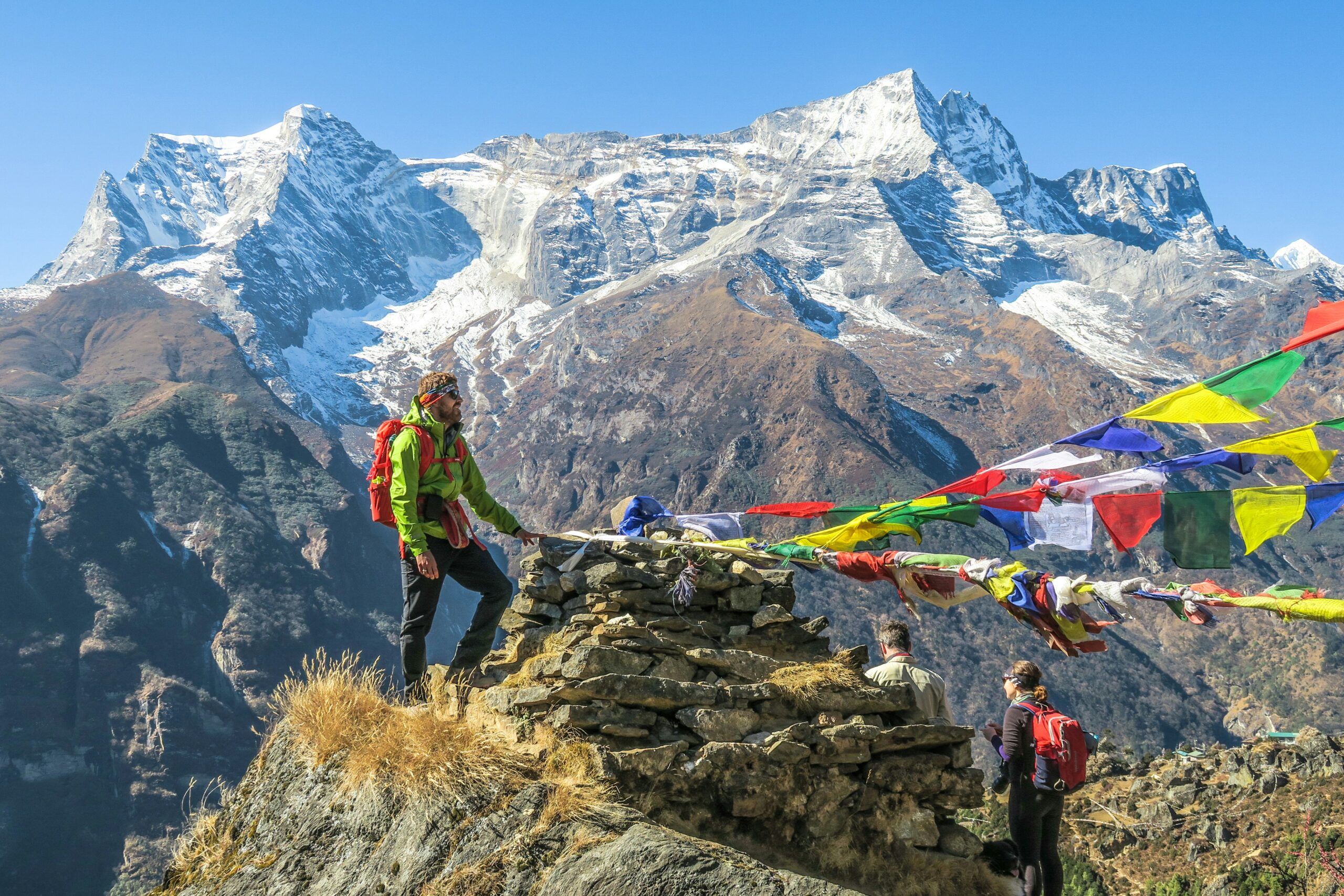
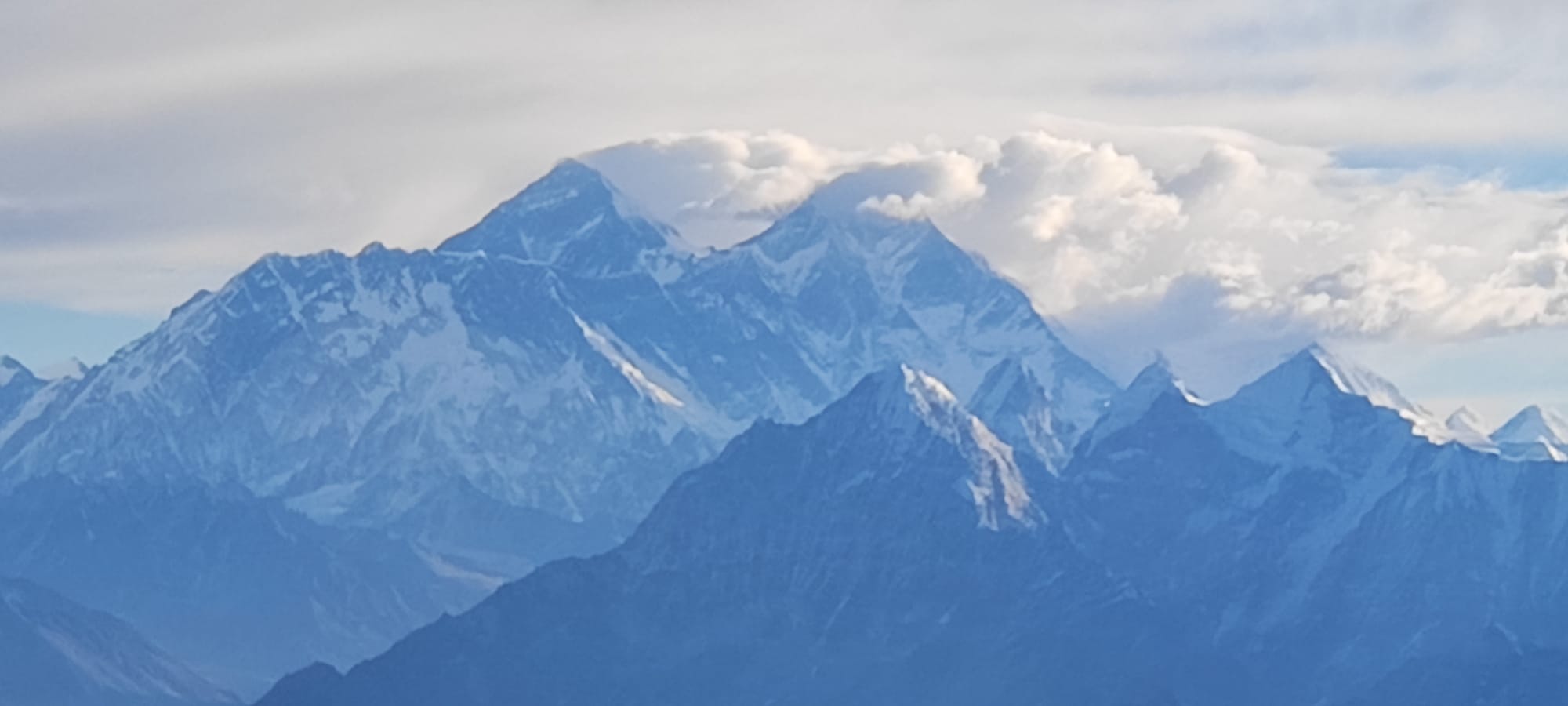

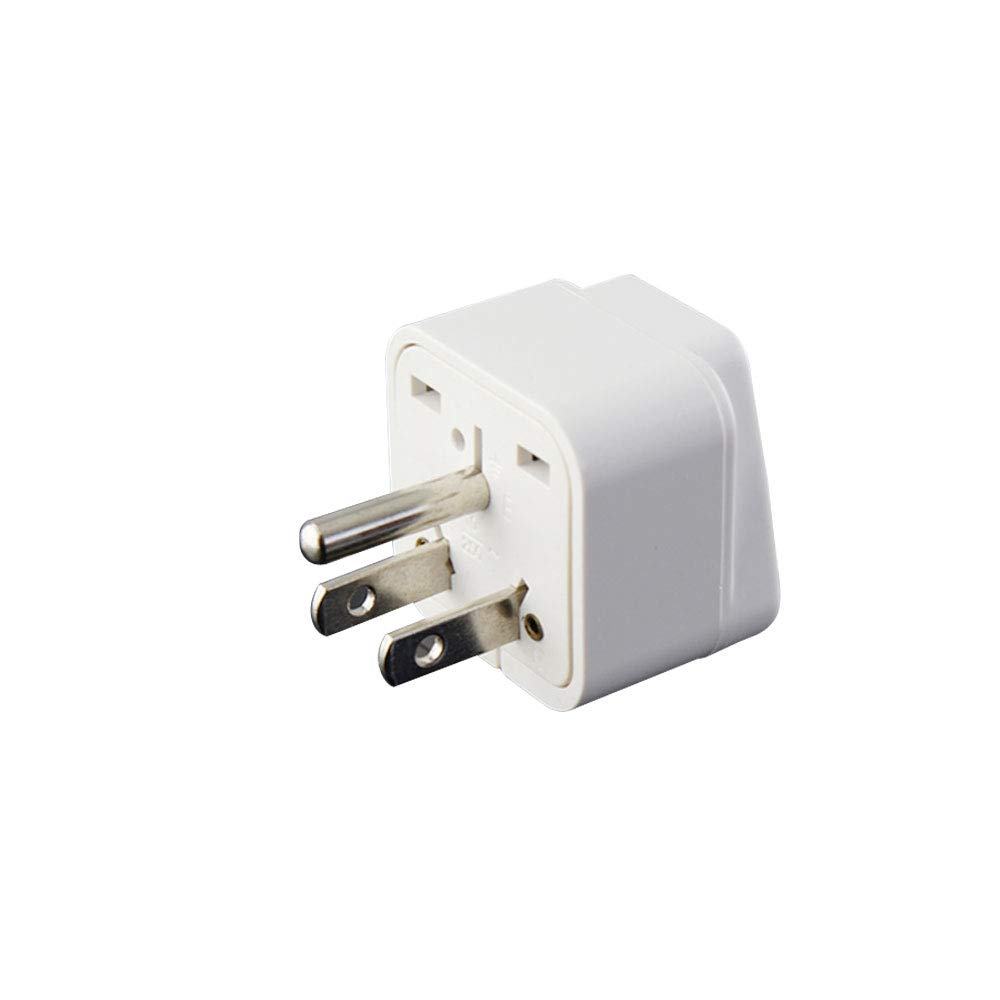
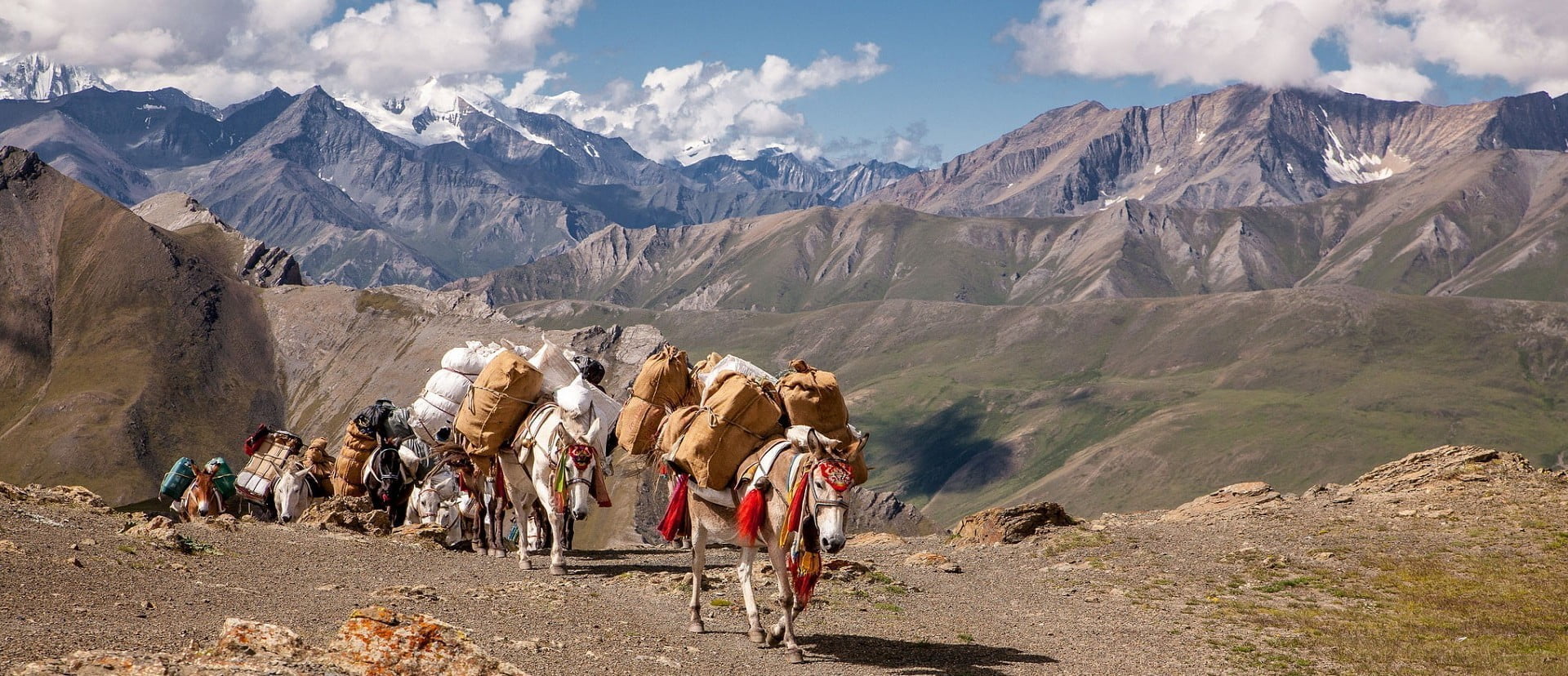
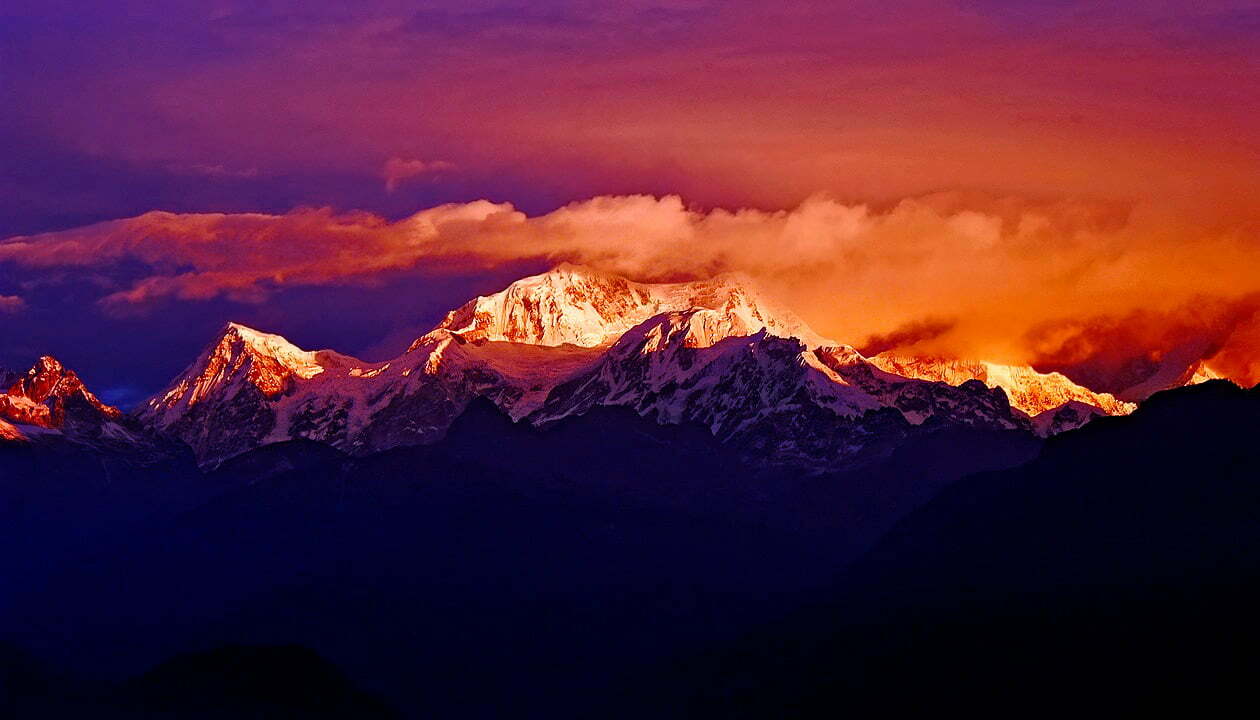
Write a Review